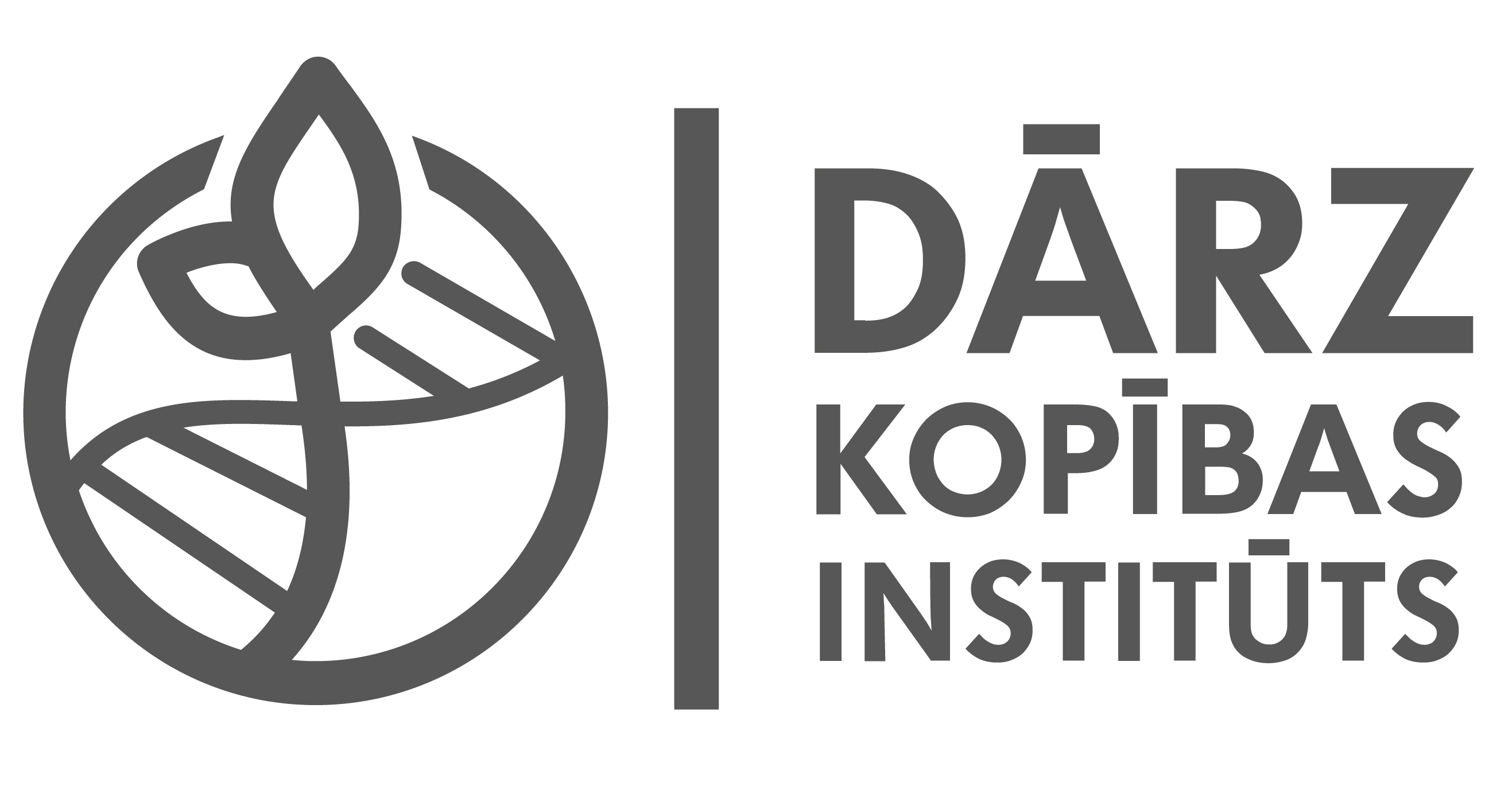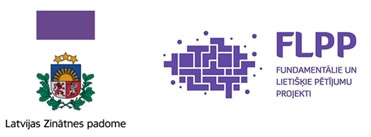Dicotyledonous plant families and green tools as a promising alternative approach to increase the accessibility of tocotrienols from unconventional sources

Involved employees: P. Gornas, D. Segliņa, Gerogijs Baškirovs, Danija Lazdiņa, Jekaterina Bujaka
The knowledge about tocotrienols, tocodienols, tocomonoenols, and other rare tocochromanol-related compounds is still very limited due to several challenges faced in analytical chemistry such as separation resolution, co-eluting, the price/absence of standards and low analyte concentration in plant material. Another issue is that there exists almost no knowledge about free and bound tocochromanols in plant material and their unknown biological function which might be of scientific, agriculture and medicine great importance. The last two decades of research on tocotrienols show their promising potential against cancer. However, to make the next giant step in cancer therapy by application of tocotrienols their efficient delivery systems, higher bioavailability, alternative natural sources rich in tocotrienols and lower costs of their extraction/isolation are required. It seems that the taxonomic approach and dicotyledonous plant families can offer an alternative solution as tocotrienol natural resources. Also, the desirability of “green” (environmentally friendlier) techniques are of increased global concern, to reduce the environmental and health impacts of scientific and manufacturing industries inclusive of extraction and testing procedures.
The aim of the project is: to propose the alternative sources of tocotrienols in dicotyledonous plant families applying a taxonomic approach and using green techniques, starting from extraction and ending on identification.
Main goals to be achieved:
- Development of green techniques for tocochromanols determination, specifically the extraction and identification protocols via conventional <400 bar HPLC and modern SFC systems, for environmentally friendlier and simpler methods;
- Determination of both, free and bound forms of tocochromanols, since in most case (> 95%) total free tocochromanols are determined due to releasing the free from bound forms during the saponification protocol, while bound tocochromanols may have important biological activity "health benefits" compared to free forms;
- Identification of alternative sources of tocotrienols and other rare prenyllipids in nature due to the reported limited sources, while we strongly believe that the taxonomic approach can help to find new sources;
- Green technologies for preparing extracts and oils rich in tocotrienols – cheaper and healthier alternative to palm oil (the most popular source of tocotrienols, but also rich in saturated fatty acids);
- To meet global expectations "safe-green-natural-high-quality" of obtained extracts and oils rich in tocotrienols, which can be of economic importance with potential application in the pharmaceutical and medicinal therapeutics, the analysis of potentially harmful compounds will be performed.
